Home>Home Appliances>Laundry Appliances>How Old Is My Ironing Board?
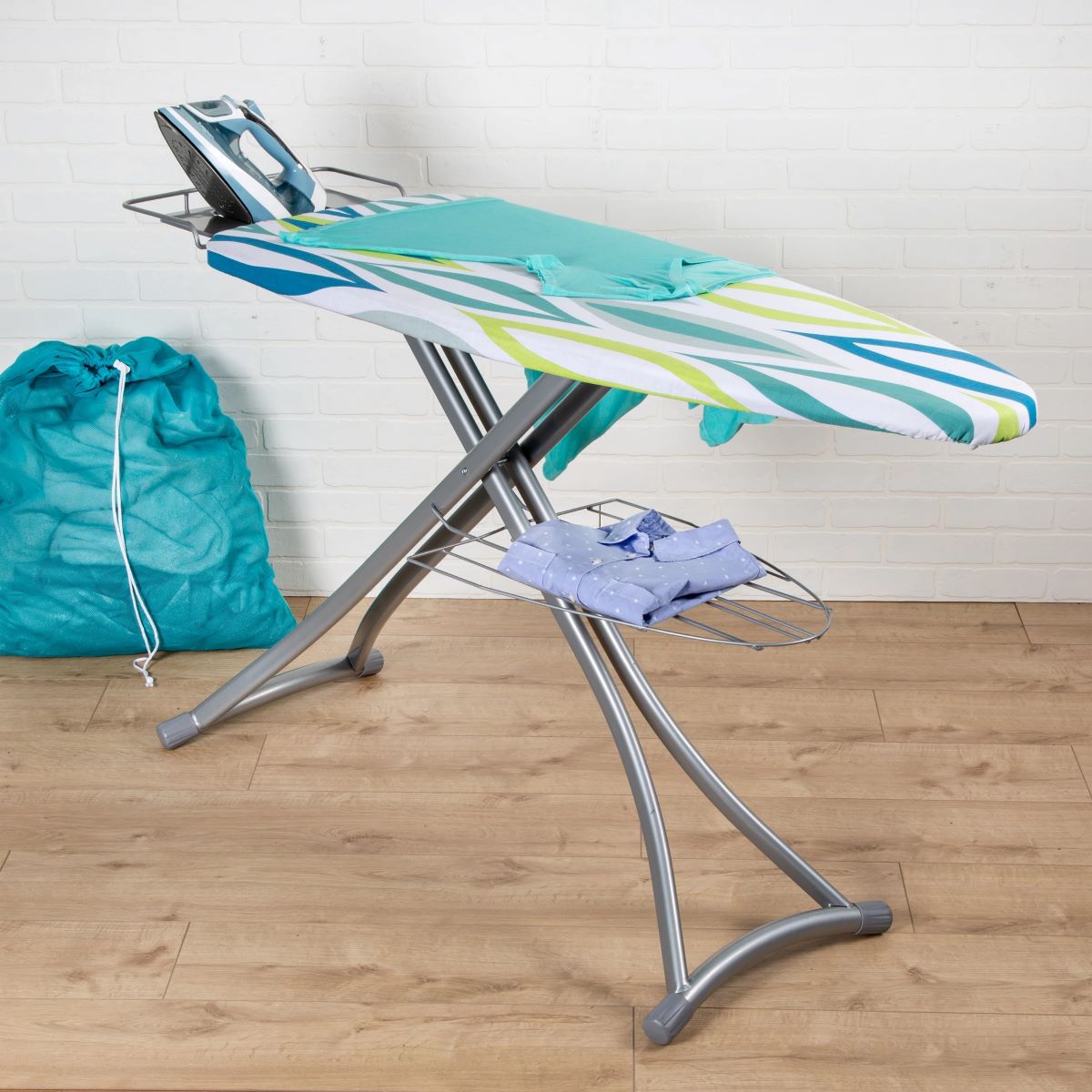

Laundry Appliances
How Old Is My Ironing Board?
Modified: October 18, 2024
Discover the age of your laundry appliances with our helpful guide. Find out how old your ironing board is and keep your laundry room up to date.
(Many of the links in this article redirect to a specific reviewed product. Your purchase of these products through affiliate links helps to generate commission for Storables.com, at no extra cost. Learn more)
Introduction
Ironing boards have been an indispensable tool in households for decades, aiding in the pursuit of wrinkle-free clothing and linens. While these humble yet essential pieces of equipment may seem unassuming, they have a rich history and have evolved significantly over time. Understanding the age of your ironing board can provide insight into its craftsmanship, design, and potential value as a collectible item.
In this article, we will delve into the fascinating history of ironing boards, explore the telltale signs of an old ironing board, and provide practical guidance on how to determine the age of your own ironing board. Whether you're a vintage enthusiast, a history buff, or simply curious about the age of your household items, this exploration will shed light on the often overlooked but intriguing world of ironing board evolution.
Join us as we embark on a journey through time, uncovering the secrets and nuances of these everyday objects that have played a significant role in the maintenance of well-pressed garments and linens. Let's unravel the mysteries of how old your ironing board might be and gain a newfound appreciation for this unassuming yet essential household tool.
Key Takeaways:
- Unravel the age of your ironing board by examining materials, design, wear, and historical context. Discover the hidden stories behind this everyday household item.
- From wooden to metal, ironing boards reflect historical trends and user needs. Engage in a captivating journey to uncover the age-old secrets of these unassuming artifacts.
Read more: What To Do With An Old Ironing Board?
The History of Ironing Boards
The history of ironing boards is a testament to the ingenuity and adaptability of household tools throughout the ages. While the concept of smoothing out wrinkles in fabric dates back centuries, the modern ironing board as we know it has undergone a fascinating evolution.
In the 19th century, before the invention of the ironing board, people utilized a variety of makeshift surfaces for ironing, including tables and flat boards. However, the lack of a dedicated tool for this purpose led to inefficiency and often resulted in less-than-ideal ironing conditions. This prompted the need for a specialized, portable, and adjustable platform specifically designed for ironing tasks.
The first patented ironing board, credited to Sarah Boone in 1892, marked a significant milestone in the history of ironing boards. Boone's design featured a narrow, curved board that facilitated ironing the sleeves and bodies of women's garments, addressing a prevalent need at the time. This innovation revolutionized the ironing process, making it more convenient and effective.
As the demand for more efficient and versatile ironing boards grew, manufacturers began experimenting with different materials and designs. This led to the introduction of collapsible and adjustable ironing boards, catering to diverse user preferences and living spaces. Over time, advancements in materials and construction techniques further enhanced the durability and functionality of ironing boards, ensuring they could withstand the rigors of regular use.
In the mid-20th century, the introduction of metal and mesh-top ironing boards brought about a new era of durability and heat resistance, addressing the limitations of earlier wooden models. These innovations not only improved the safety and longevity of ironing boards but also reflected the evolving needs of modern households.
Today, ironing boards continue to evolve, with features such as built-in electrical outlets, height-adjustable frames, and innovative cover materials enhancing their practicality and user experience. The history of ironing boards exemplifies the intersection of necessity, innovation, and craftsmanship, showcasing how a seemingly mundane household item has evolved to meet the changing needs and preferences of users over time.
From humble beginnings to modern innovations, the history of ironing boards is a testament to the enduring relevance of this essential household tool. Understanding this evolution provides valuable insights into the craftsmanship, functionality, and cultural significance of ironing boards, enriching our appreciation for these everyday objects that have stood the test of time.
Signs of an Old Ironing Board
Identifying the age of an ironing board can be an intriguing endeavor, akin to unraveling a historical mystery hidden in plain sight. Whether you've inherited an ironing board from a relative or stumbled upon a vintage find at a thrift store, recognizing the signs of an old ironing board can offer valuable insights into its history and craftsmanship. Here are several indicators that may point to the age of an ironing board:
-
Material Composition: One of the primary clues to discerning the age of an ironing board lies in its material composition. Early ironing boards were predominantly constructed from wood, often featuring ornate carvings or decorative elements that reflected the craftsmanship of the era. As manufacturing techniques advanced, metal and mesh-top ironing boards gained popularity, particularly in the mid-20th century. Examining the material and design details can provide valuable hints about the era in which the ironing board was produced.
-
Construction Style: The construction style of an ironing board can also offer valuable insights into its age. Vintage ironing boards may exhibit intricate details such as turned legs, ornamental accents, or unique folding mechanisms that reflect the design trends of their respective time periods. Conversely, modern ironing boards often feature streamlined, minimalist designs with a focus on functionality and practicality. By closely examining the construction and design elements, you can gain a better understanding of the historical context in which the ironing board was manufactured.
-
Wear and Patina: The passage of time leaves its mark on all objects, and ironing boards are no exception. Signs of wear, patina, and aging can provide valuable clues about the age of an ironing board. Vintage ironing boards may exhibit a weathered appearance, with faded graphics, worn surfaces, and a distinct patina that speaks to their longevity. Conversely, newer ironing boards are likely to display minimal signs of wear and may feature contemporary design elements indicative of their modern production.
-
Manufacturing Labels and Markings: Many older ironing boards bear manufacturing labels, stamps, or markings that can offer valuable information about their age and origin. These labels may include the manufacturer's name, production location, and even patent numbers, providing valuable historical context. By researching the significance of these markings and cross-referencing them with historical records, you can uncover valuable insights into the age and provenance of the ironing board.
-
Design Features and Functionality: The design features and functionality of an ironing board can also serve as indicators of its age. Vintage ironing boards may boast unique features such as adjustable height mechanisms, built-in iron holders, or decorative elements that reflect the design sensibilities of their era. In contrast, modern ironing boards often prioritize practicality and convenience, featuring lightweight, collapsible designs and ergonomic enhancements tailored to contemporary user preferences.
By paying attention to these distinctive signs, you can embark on a captivating journey of discovery, unraveling the age and historical context of your ironing board. Whether you're a collector, a vintage enthusiast, or simply curious about the origins of your household items, recognizing the signs of an old ironing board can transform a seemingly ordinary object into a fascinating artifact with a story to tell.
How to Determine the Age of Your Ironing Board
Determining the age of your ironing board can be an engaging and enlightening process, offering valuable insights into its historical context and potential significance as a collectible item. By employing a combination of observation, research, and historical context, you can unravel the age of your ironing board with confidence and curiosity.
1. Research the Manufacturer and Brand
Begin your quest by researching the manufacturer and brand of your ironing board. Many vintage and antique ironing boards bear distinct manufacturer's marks, labels, or stamps that provide valuable clues about their origins. By delving into historical records, online archives, and collector resources, you can uncover information about the production dates, design styles, and historical significance associated with specific manufacturers and brands.
Read more: How To Fold The Ironing Board
2. Examine Design Elements and Materials
Carefully examine the design elements and materials used in the construction of your ironing board. Vintage ironing boards often feature ornate details, decorative carvings, and unique construction techniques that reflect the design sensibilities of their respective eras. Additionally, the materials used, such as wood, metal, or mesh, can offer valuable insights into the age and manufacturing techniques employed during the production of the ironing board.
3. Seek Historical Context
Seeking historical context is essential in determining the age of your ironing board. Consider the broader historical and cultural trends prevalent during the time period in which your ironing board was likely manufactured. This can include examining design movements, technological advancements, and societal influences that may have shaped the production and design of household items during a specific era.
4. Consult Collectors and Experts
Engage with collectors, antique enthusiasts, and experts in vintage household items to gain additional perspectives and insights. Online forums, collector communities, and antique appraisal services can provide valuable guidance and expertise in evaluating the age and historical significance of your ironing board. Sharing photographs and detailed descriptions of your ironing board can elicit valuable feedback and potentially uncover hidden historical details.
5. Document and Preserve
As you unravel the age of your ironing board, document your findings and preserve any historical markings, labels, or unique features that contribute to its historical significance. By maintaining a record of your research and observations, you can contribute to the collective knowledge surrounding vintage ironing boards and potentially uncover new insights that enrich the historical narrative of these everyday household items.
Embarking on the journey to determine the age of your ironing board is a rewarding exploration of history, craftsmanship, and cultural context. By combining meticulous observation with historical research and community engagement, you can unlock the age-old secrets of your ironing board, transforming it from a functional tool into a captivating artifact with a story to tell.
Read more: How To Store Ironing Board
Conclusion
In conclusion, the age of an ironing board holds a wealth of historical and cultural significance, offering a window into the evolution of household tools and the craftsmanship of bygone eras. By exploring the history of ironing boards, recognizing the signs of aging, and employing investigative techniques to determine their age, we gain a newfound appreciation for these seemingly ordinary yet historically rich household items.
The journey through the history of ironing boards unveils a narrative of innovation, necessity, and design evolution. From the makeshift ironing surfaces of the past to the patented designs that revolutionized the ironing process, each era has left its distinctive mark on the development of ironing boards. The transition from wooden to metal and mesh-top constructions reflects not only advancements in materials but also the changing needs and preferences of users over time.
Recognizing the signs of an old ironing board, such as distinctive construction styles, wear and patina, and manufacturing labels, allows us to decipher the age and historical context of these everyday artifacts. These indicators serve as gateways to understanding the craftsmanship, design sensibilities, and societal influences prevalent during the time of their production.
Moreover, the process of determining the age of an ironing board is a captivating blend of historical research, observation, and community engagement. By delving into the manufacturer's history, examining design elements, seeking historical context, and consulting with experts, we enrich our understanding of the age-old secrets embedded within these unassuming household tools.
Ultimately, the age of an ironing board transcends its functional utility, transforming it into a tangible link to the past. Whether it's a cherished heirloom passed down through generations or a vintage find that sparks curiosity, each ironing board carries a unique story waiting to be uncovered. By documenting our findings and preserving the historical details, we contribute to the collective knowledge surrounding these everyday artifacts, ensuring that their legacy endures for future generations to appreciate.
In essence, the age of an ironing board serves as a testament to the enduring relevance of everyday objects and the timeless appeal of historical exploration. Through our journey to unravel the age of these unassuming yet historically rich household items, we gain a deeper understanding of craftsmanship, design evolution, and the cultural tapestry woven into the fabric of everyday life.
As we continue to embrace the allure of historical discovery, let us cherish the age-old secrets of our ironing boards, celebrating their role as silent witnesses to the passage of time and the enduring legacy of human ingenuity.
Frequently Asked Questions about How Old Is My Ironing Board?
Was this page helpful?
At Storables.com, we guarantee accurate and reliable information. Our content, validated by Expert Board Contributors, is crafted following stringent Editorial Policies. We're committed to providing you with well-researched, expert-backed insights for all your informational needs.
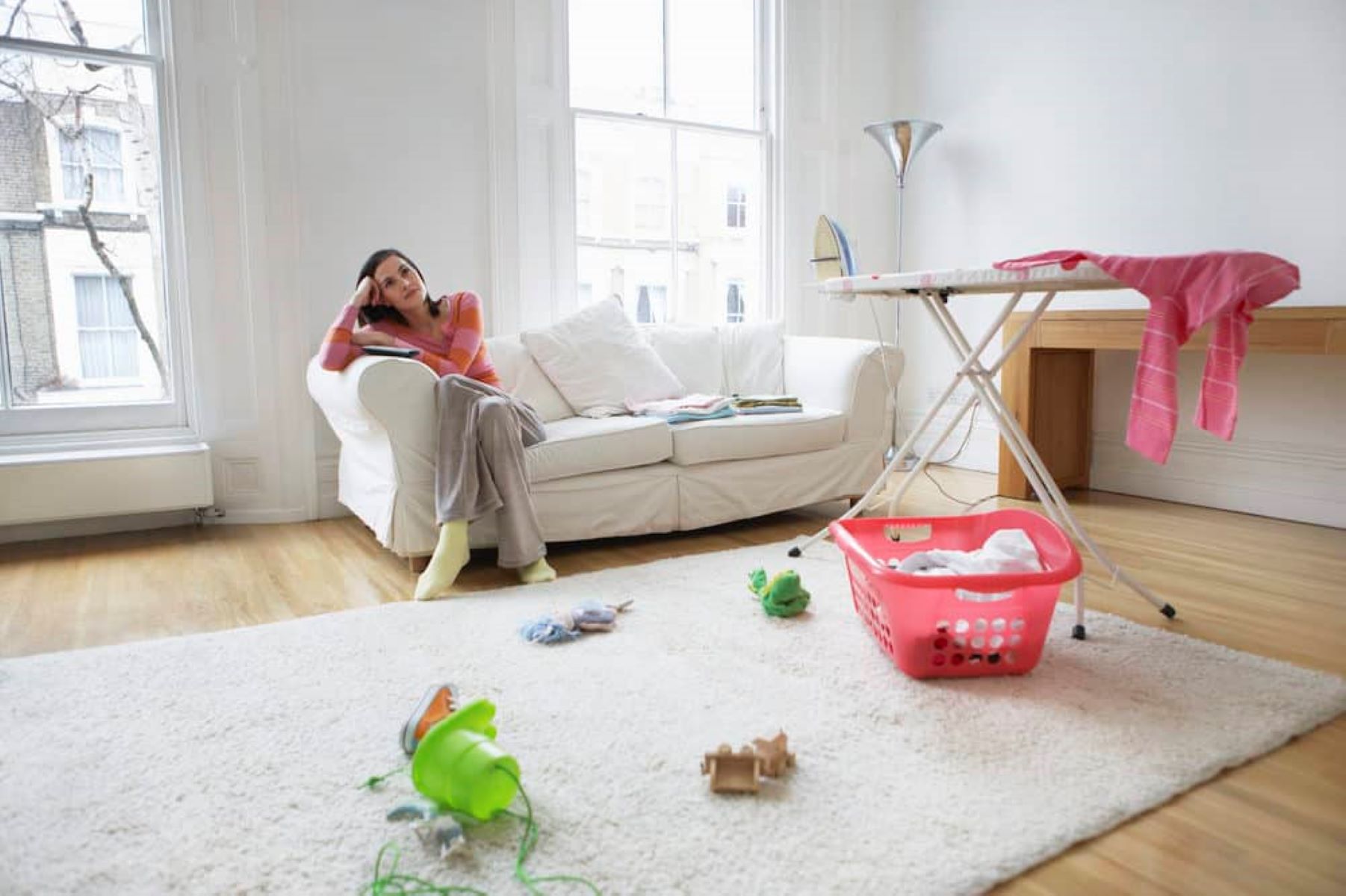
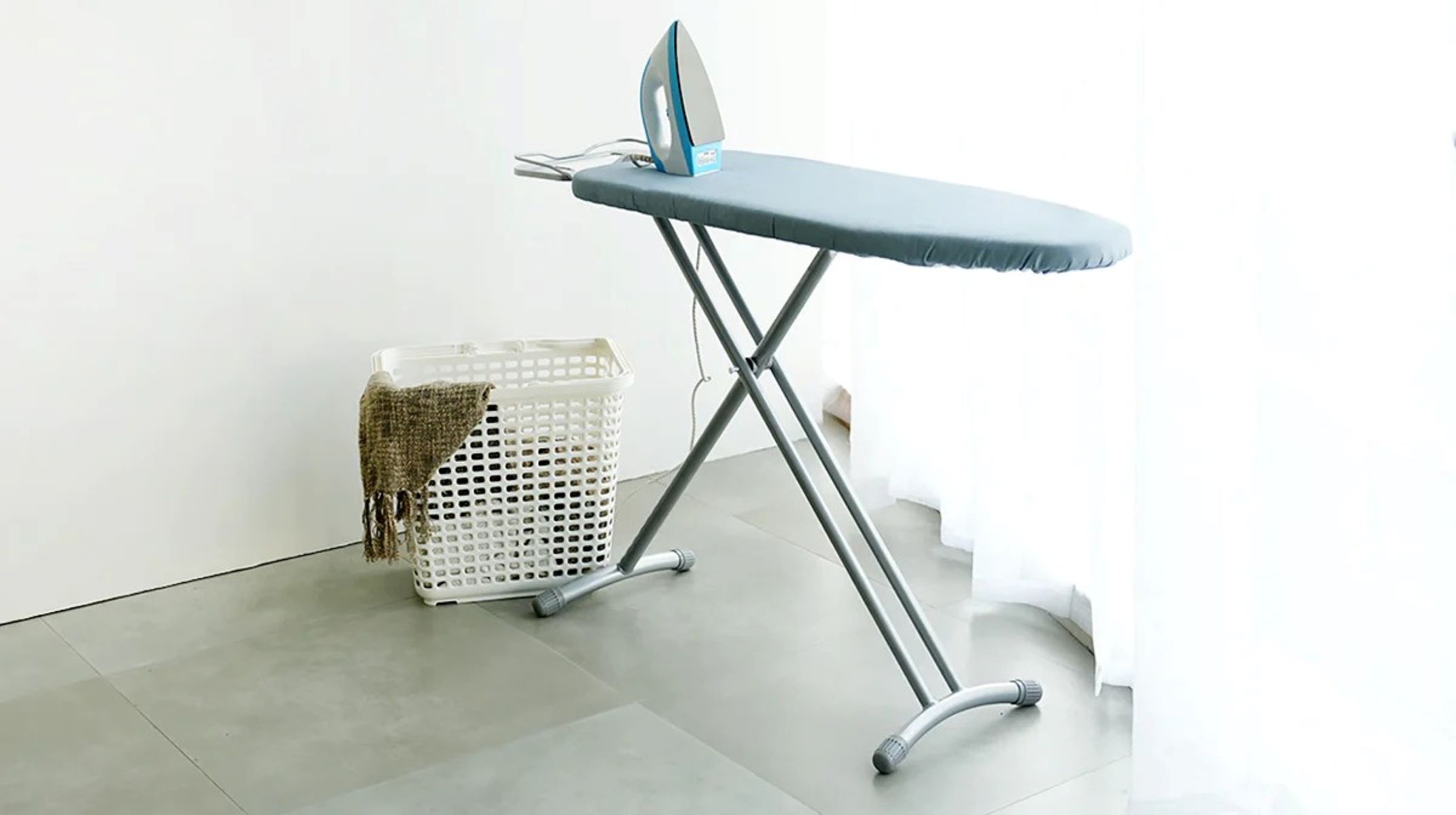
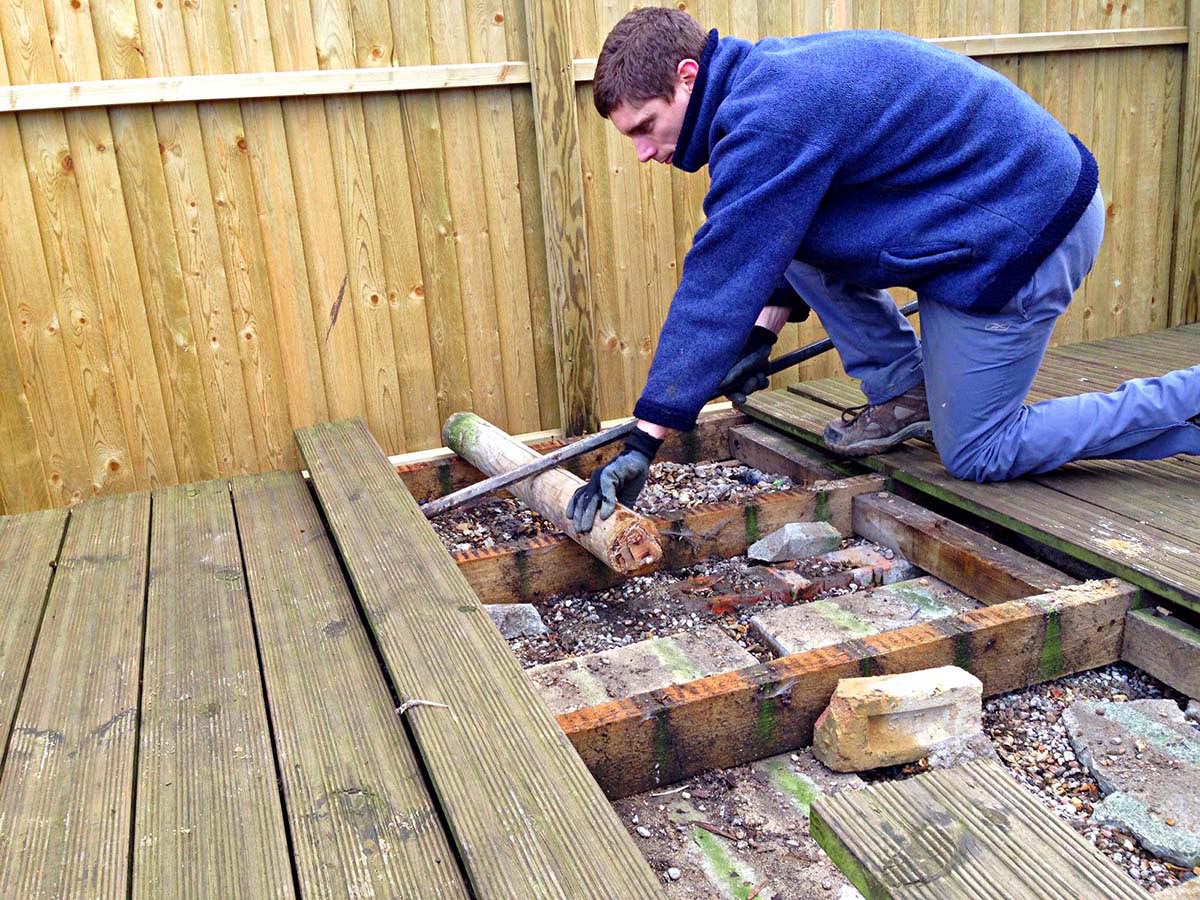
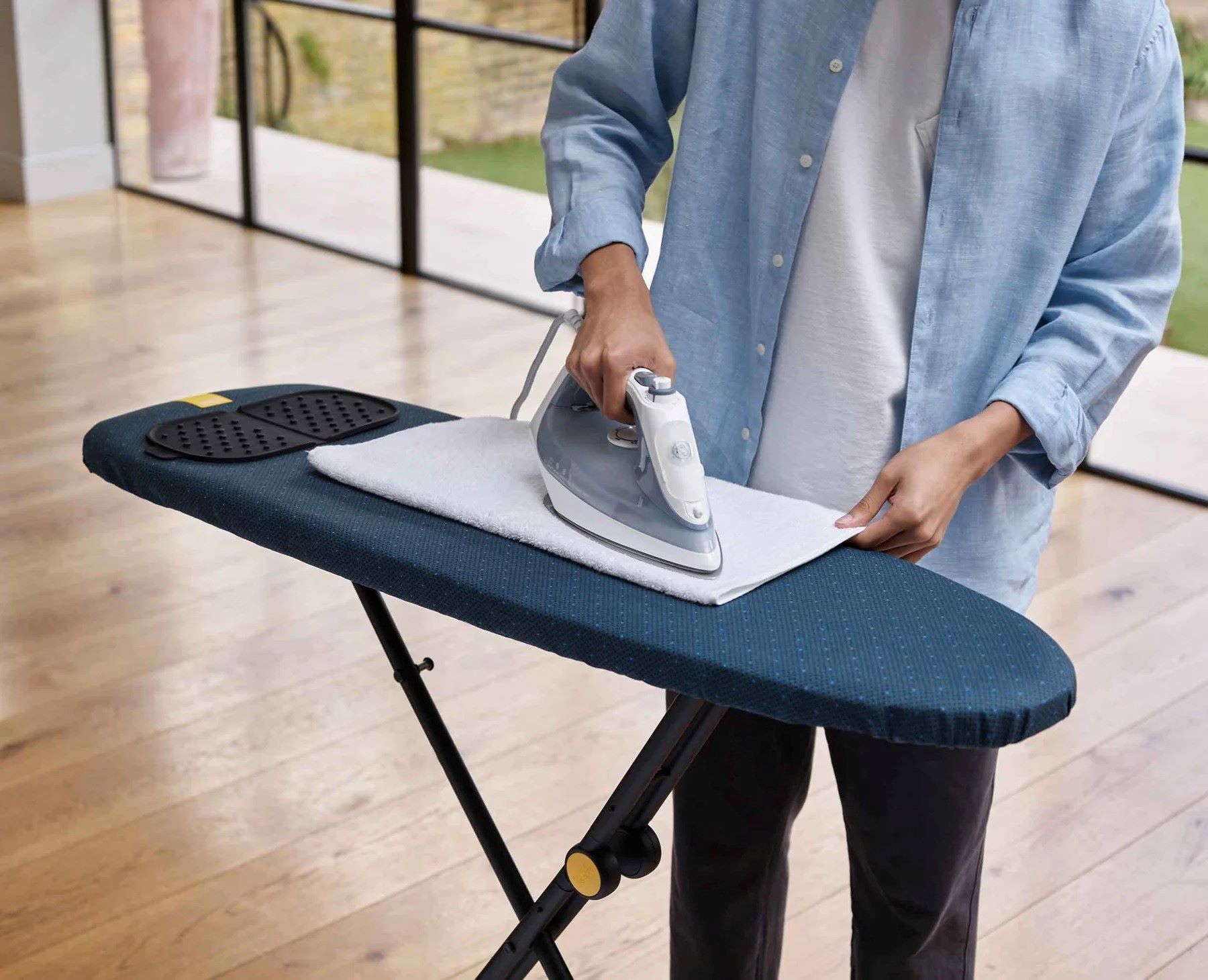
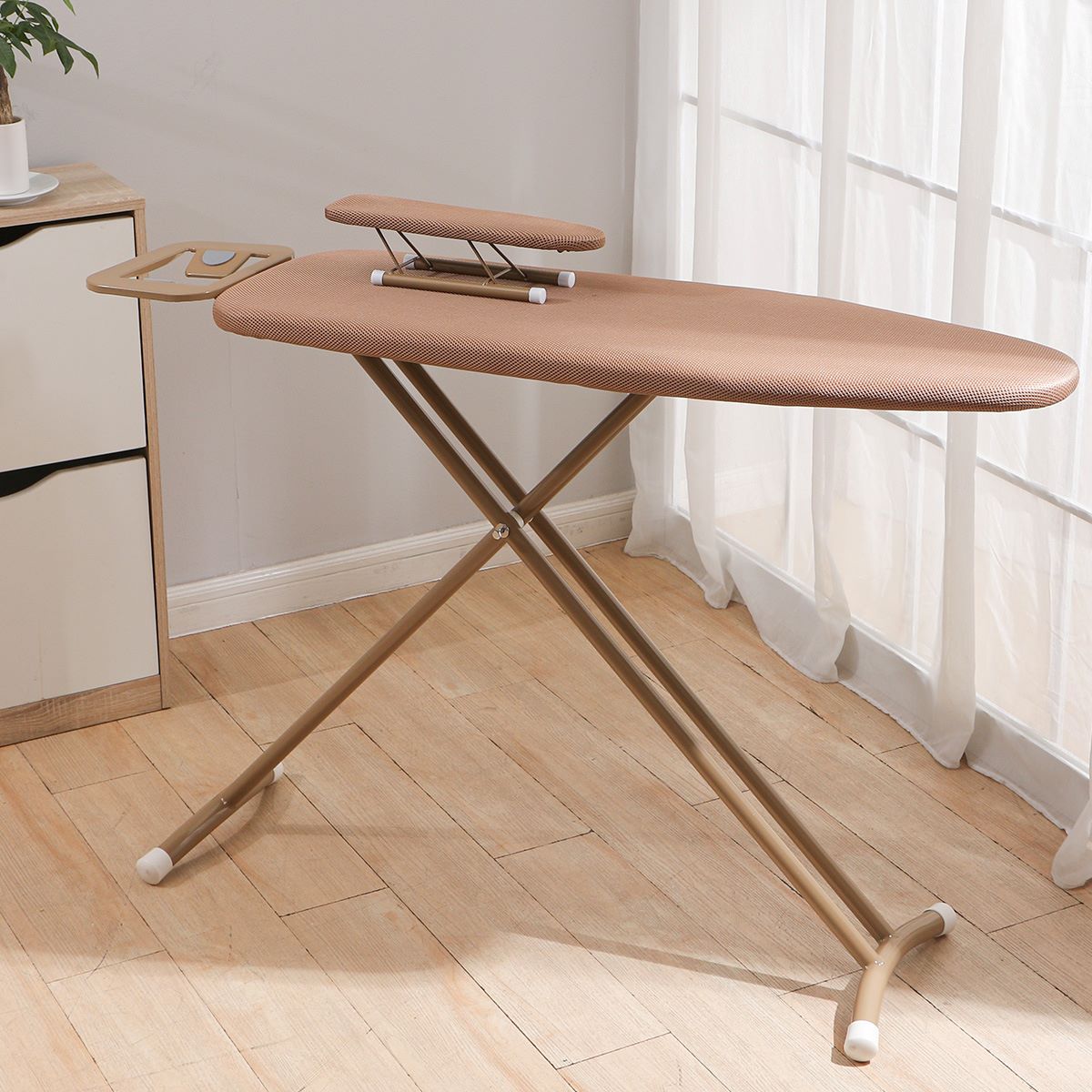
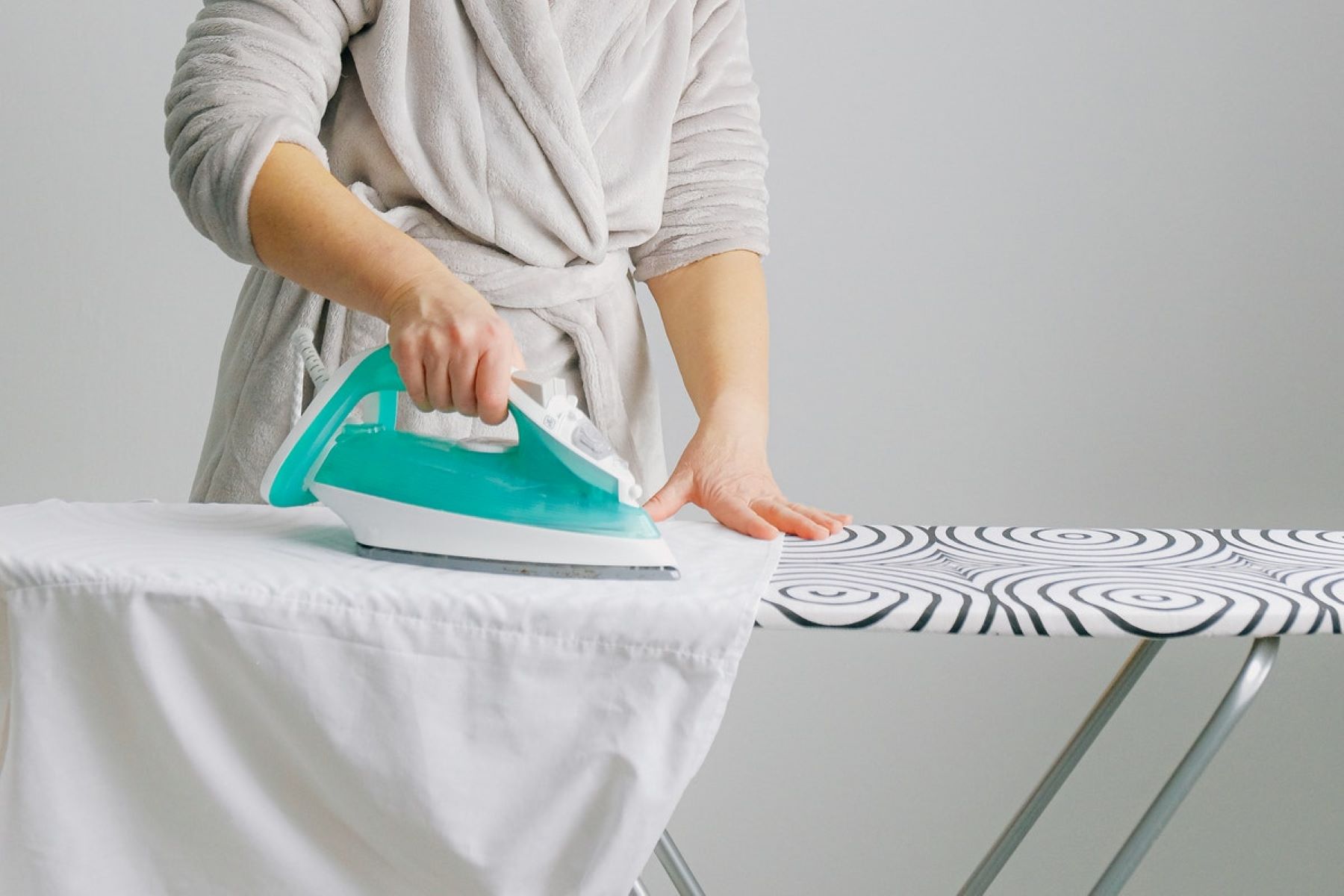
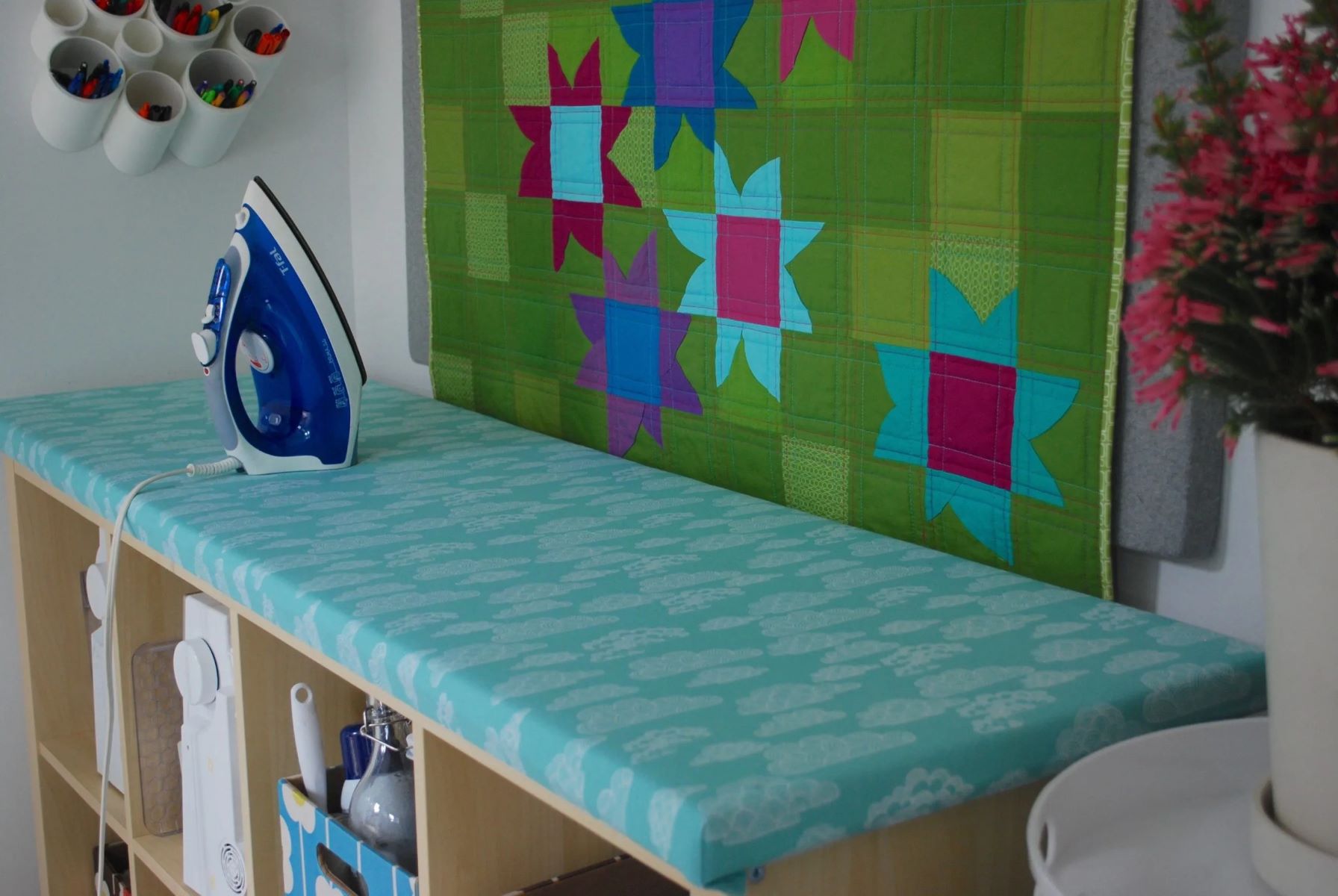
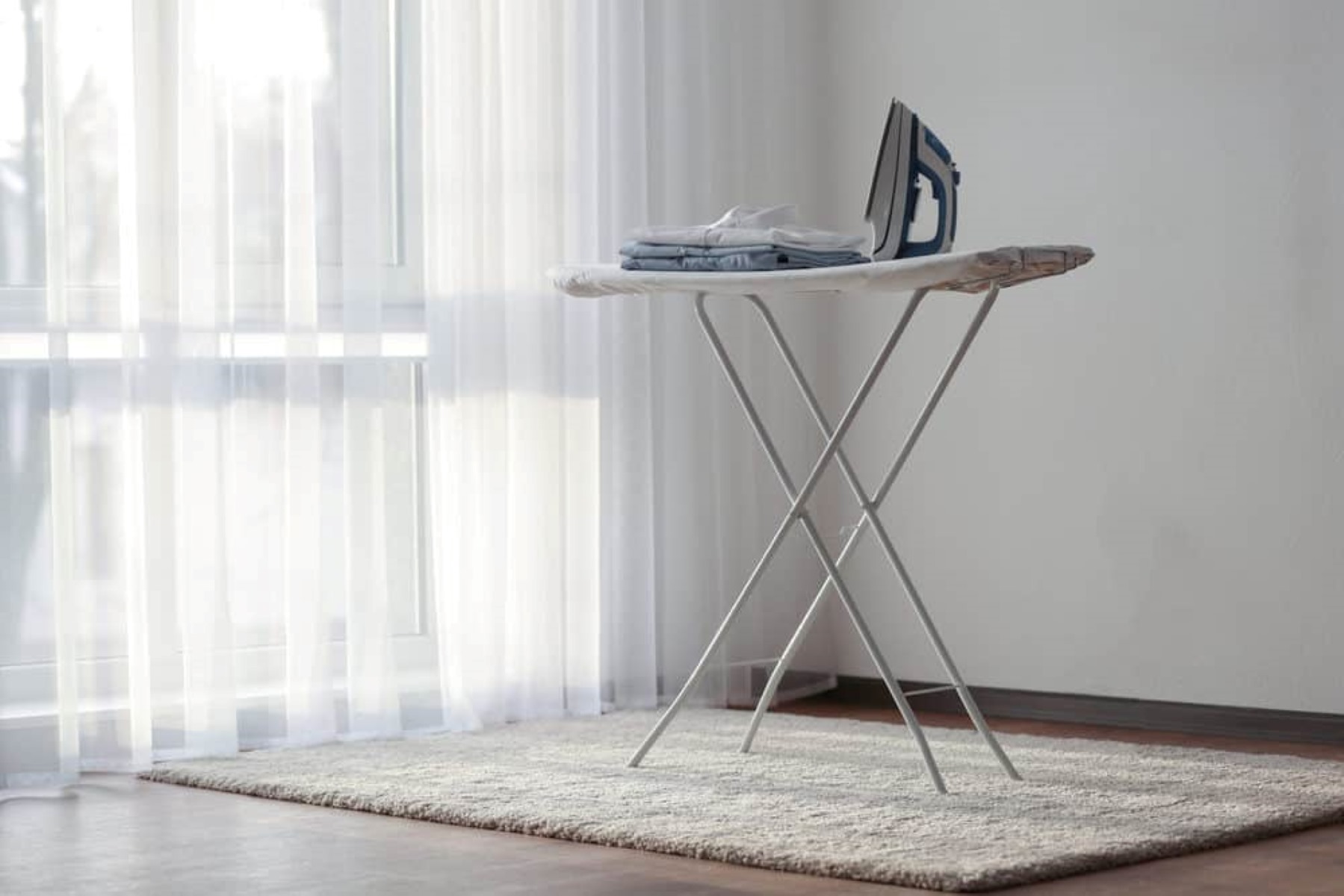
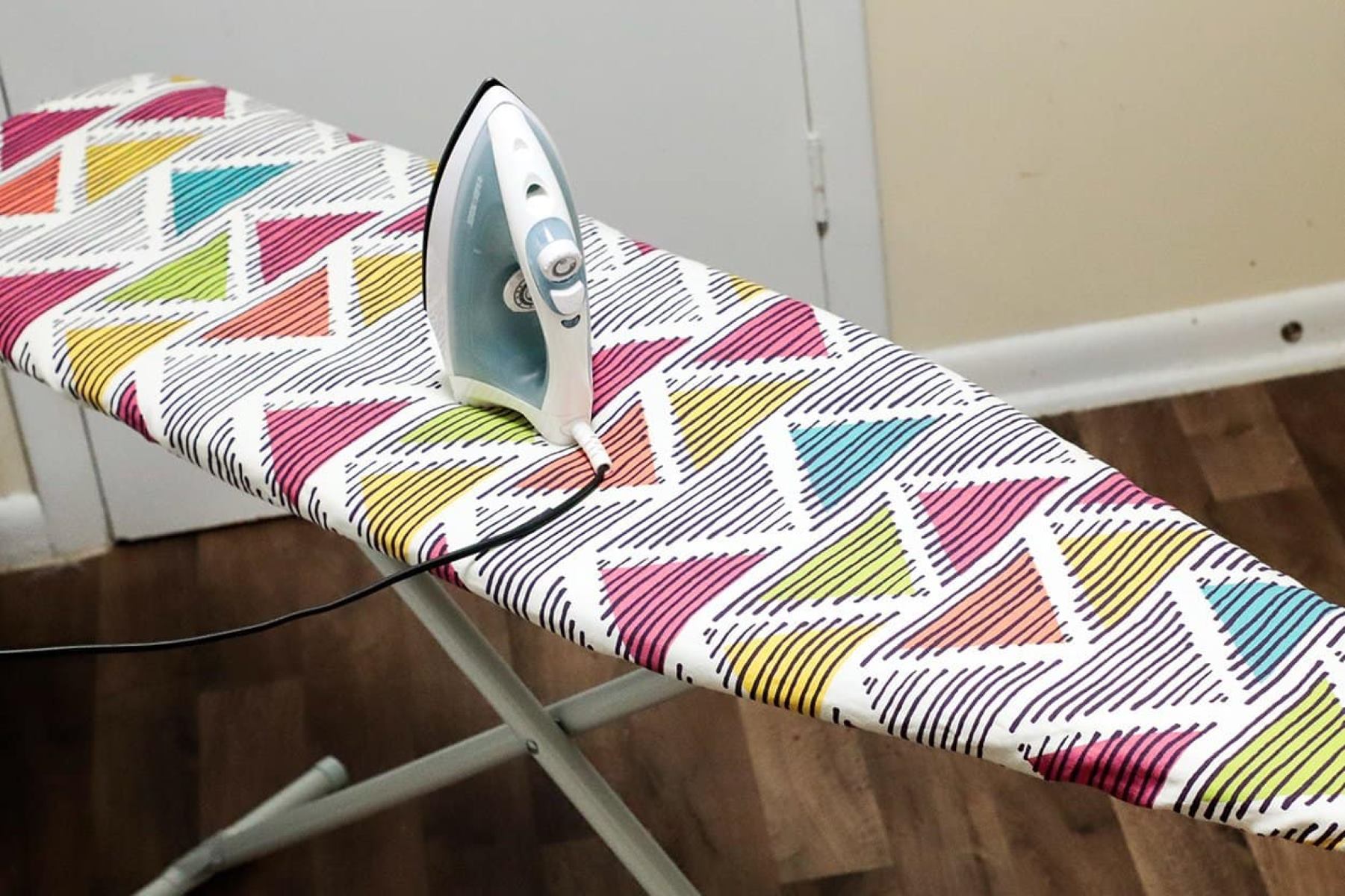
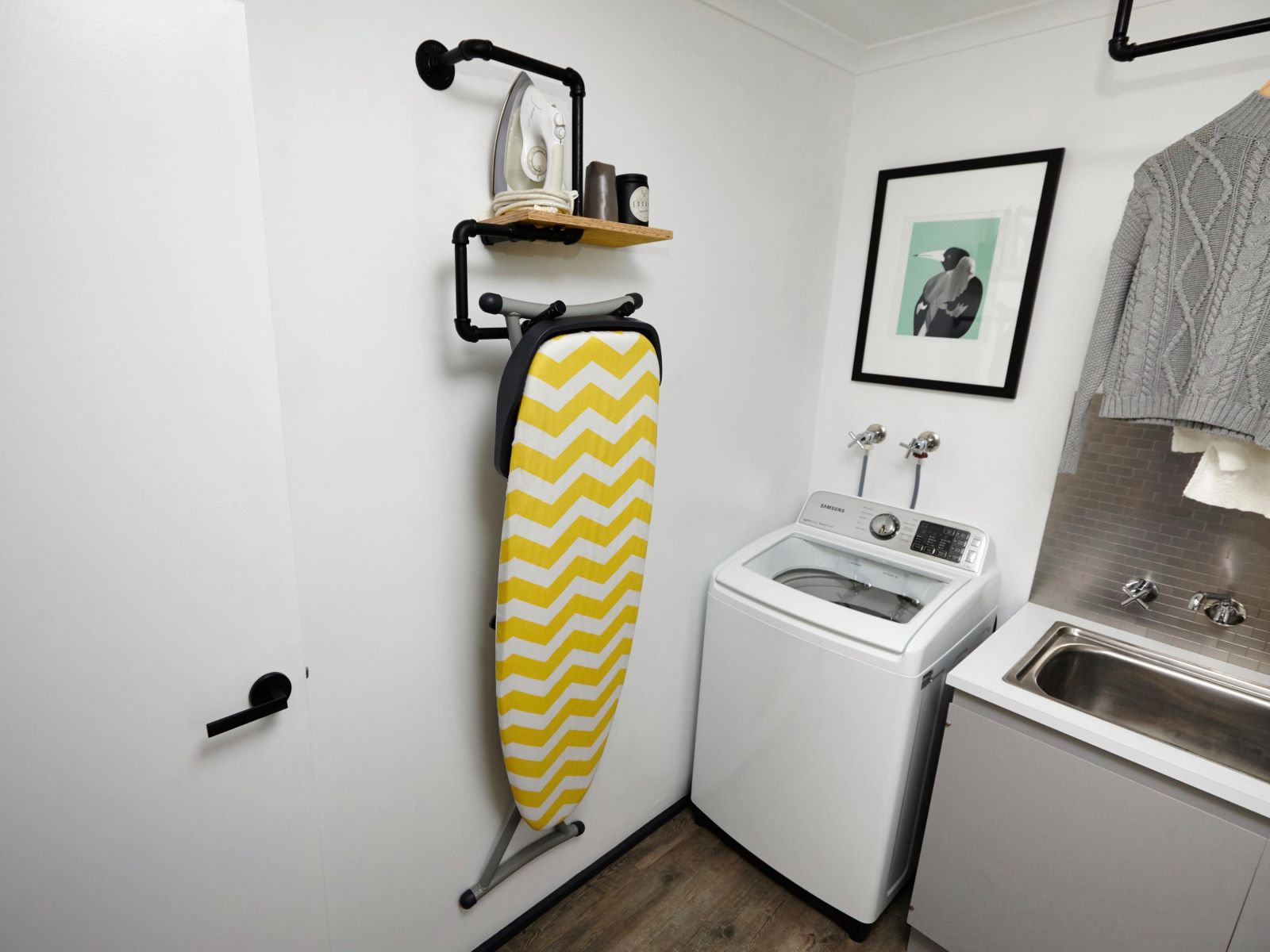
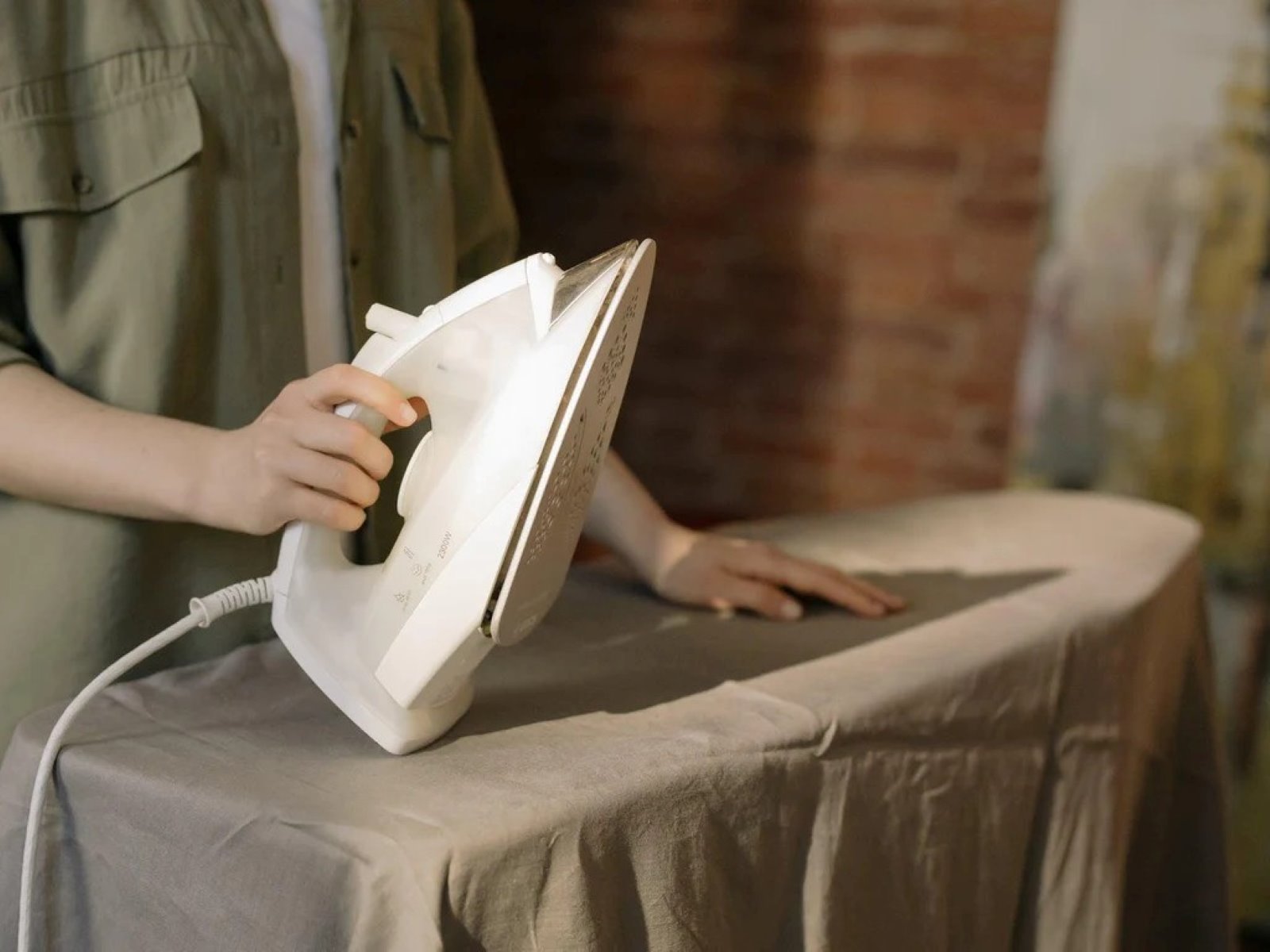
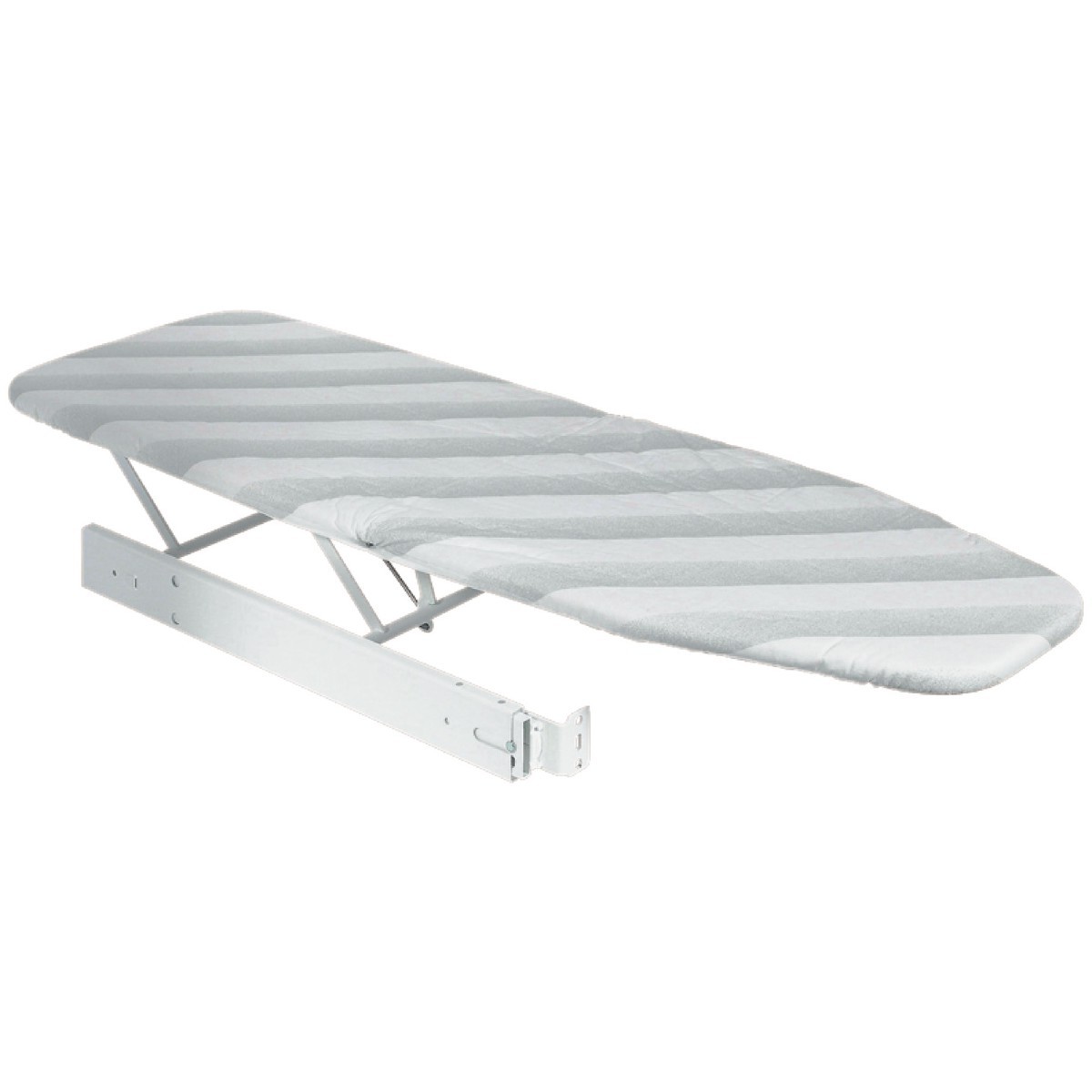
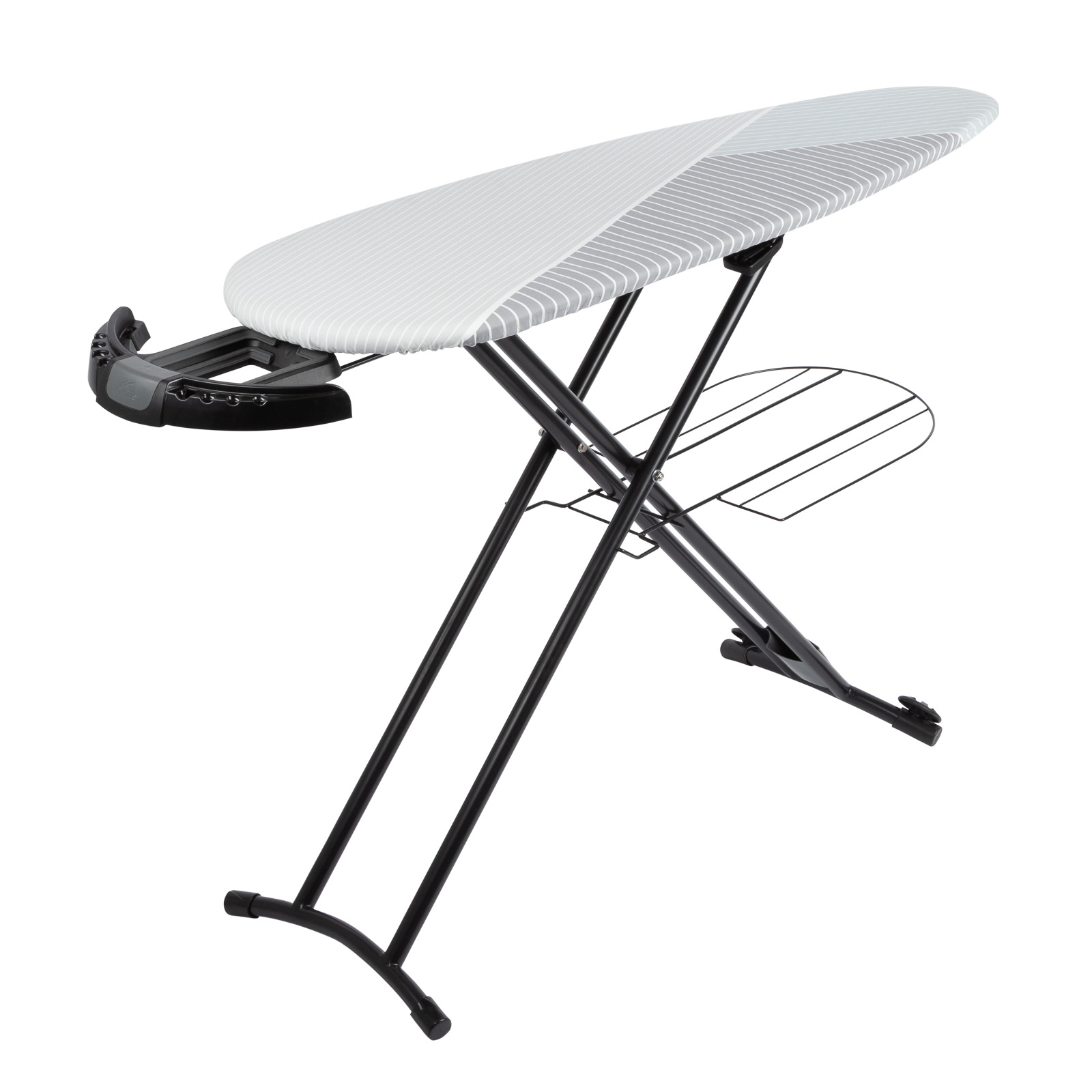

0 thoughts on “How Old Is My Ironing Board?”